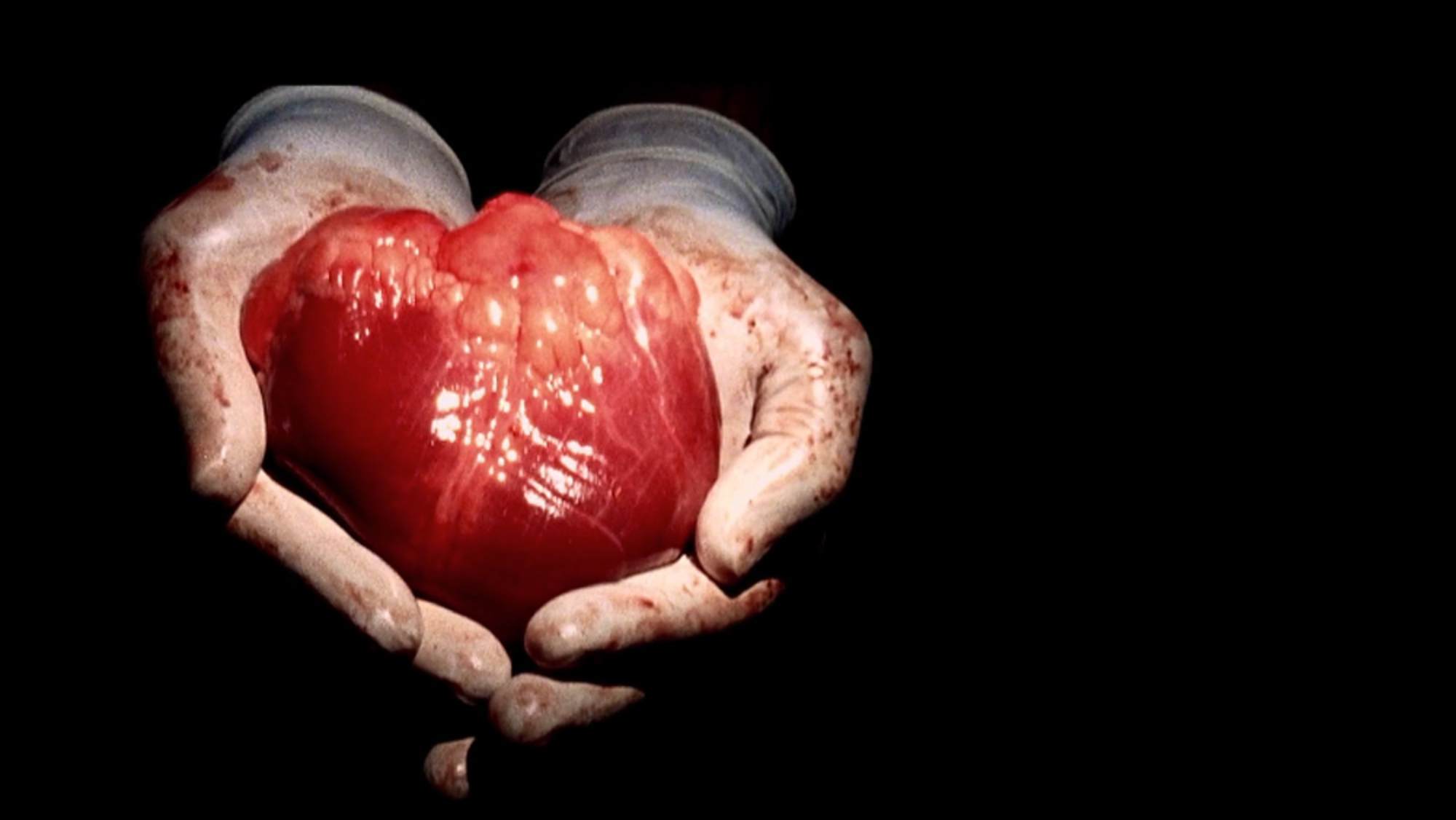Our specific cardiac arrest protocols are divided into two categories: VT/VF (the “shockable rhythms”) and PEA/Asystole (the “non-shockable” ones). The attached protocol for PEA/Asystole is probably the more common one our crews encounter prehospitally, and it’s worthwhile to know in order to better assist them over the OLMC phone when they call.
When paramedics arrive on the scene of a cardiac arrest and confirm the rhythm to be either PEA or asystole, their Standing Orders consist of continuing CPR, performing a needle decompression for suspected tension pneumothorax, obtaining an advanced airway (either endotracheal tube or supraglottic device) and intravascular access, administering D50 for hypoglycemia, and giving ACLS-dose epinephrine every 3-5 minutes.
By the time medics call OLMC, they will have generally given a few doses of epinephrine, but they need physician approval to give sodium bicarbonate or calcium chloride, which are Medical Control Options (and as such are found under that section of the protocol). Why do you think this particular patient arrested? Hyperkalemia? TCA overdose? It might be worthwhile to administer one of those medications. Or do we think attempts at ROSC are futile? Maybe no medications are indicated, and we should instead consider Termination of Resuscitation (ToR). We’ll discuss ToR in a separate email, but these are the kinds of questions to consider when deciding whether to authorize a Medical Control Option.
That’s about it for PEA/asystole. What about the VF/VT arrests? Stay tuned til next week for the…shocking…conclusion!
Thank you, thank you.
www.nycremsco.org and the protocols binder for more.
Dave



